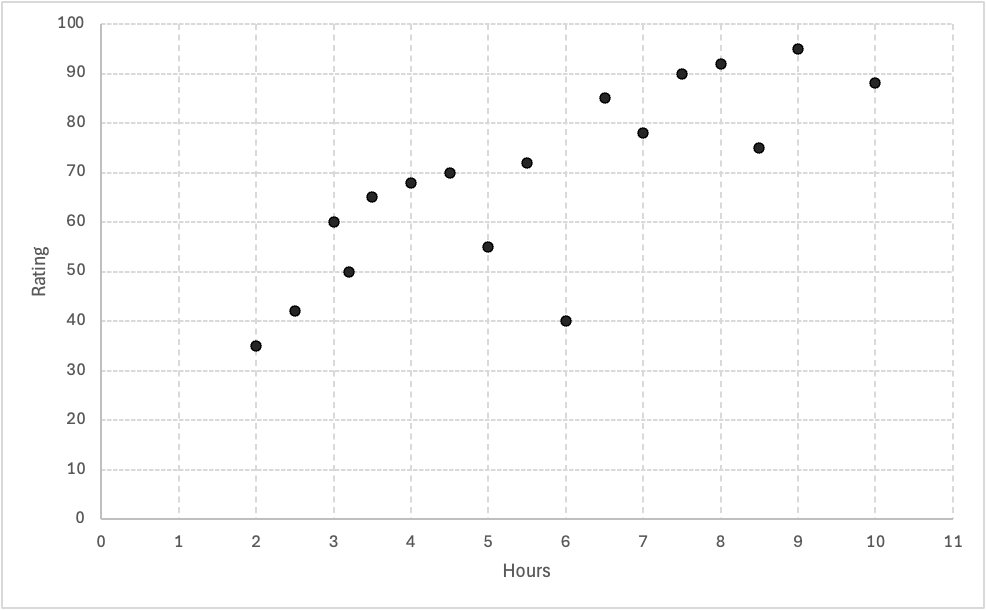Events & Promotions
|
|

GMAT Club Daily Prep
Thank you for using the timer - this advanced tool can estimate your performance and suggest more practice questions. We have subscribed you to Daily Prep Questions via email.
Customized
for You
Track
Your Progress
Practice
Pays
Not interested in getting valuable practice questions and articles delivered to your email? No problem, unsubscribe here.
- Nov 20
07:30 AM PST
-08:30 AM PST
Learn what truly sets the UC Riverside MBA apart and how it helps in your professional growth - Nov 22
11:00 AM IST
-01:00 PM IST
Do RC/MSR passages scare you? e-GMAT is conducting a masterclass to help you learn – Learn effective reading strategies Tackle difficult RC & MSR with confidence Excel in timed test environment - Nov 23
11:00 AM IST
-01:00 PM IST
Attend this free GMAT Algebra Webinar and learn how to master the most challenging Inequalities and Absolute Value problems with ease. - Nov 25
10:00 AM EST
-11:00 AM EST
Prefer video-based learning? The Target Test Prep OnDemand course is a one-of-a-kind video masterclass featuring 400 hours of lecture-style teaching by Scott Woodbury-Stewart, founder of Target Test Prep and one of the most accomplished GMAT instructors.
Kudos
Bookmarks
Dropdown 1: greater than
Dropdown 2: less than
Be sure to select an answer first to save it in the Error Log before revealing the correct answer (OA)!
Difficulty:
 55%
(hard)
55%
(hard)
Question Stats:
63% (02:14) correct 37%
(02:25)
wrong
37%
(02:25)
wrong  based on 417
sessions
based on 417
sessions
History
Date
Time
Result
Not Attempted Yet
The graph below shows data from a survey of 17 remote employees. Each point represents one employee’s average daily screen time in hours (horizontal axis) and their self-reported productivity rating (vertical axis, on a scale of 0 to 100).
The company's HR department is analyzing whether more screen time corresponds to higher productivity.

From each drop-down menu, select the option that best completes the statement based on the information provided.

GMAT-Club-Forum-3c9m9q9q.png [ 23.92 KiB | Viewed 2166 times ]
The company's HR department is analyzing whether more screen time corresponds to higher productivity.
From each drop-down menu, select the option that best completes the statement based on the information provided.
- The employee with the median screen time had a productivity rating the median productivity rating.
- The employee with the median productivity rating spent the median screen time on average.
Attachment:
GMAT-Club-Forum-3c9m9q9q.png [ 23.92 KiB | Viewed 2166 times ]
ShowHide Answer
Official Answer
Dropdown 1: greater than
Dropdown 2: less than
Kudos
Bookmarks
Checking in increasing order of screen time and productivity rating,
We get the one with 5.5 hrs screen time is median screen time and has productivity rating of 71.
Also the median productivity rating is 70 and has 4.5 hours screen time.
1)The employee with the median screen time had a productivity rating greater than the median productivity rating.
2)The employee with the median productivity rating spent less than the median screen time on average.
Thus first blank is greater than and second blank is less than
We get the one with 5.5 hrs screen time is median screen time and has productivity rating of 71.
Also the median productivity rating is 70 and has 4.5 hours screen time.
1)The employee with the median screen time had a productivity rating greater than the median productivity rating.
2)The employee with the median productivity rating spent less than the median screen time on average.
Thus first blank is greater than and second blank is less than
Kudos
Bookmarks
Bunuel
Solution:
There are 17 data points in the graph. The median value corresponds to the 9th-ranked point when the data is ordered.
1. Median Screen Time → Corresponding Rating:
Ordering by screen time (horizontal axis), the 9th point falls at approximately 5.5 hours. The corresponding productivity rating (vertical axis) is slightly above 70. Since this value is higher than the middle value of the ratings, the answer is:
Answer:higher than the median rating
2. Median Rating → Corresponding Screen Time:
Ordering by rating (vertical axis), the 9th data point is at a rating of approximately 70. The corresponding screen time for this point is near 4 hours, which is less than the median screen time.
Answer:less than the median screen time











